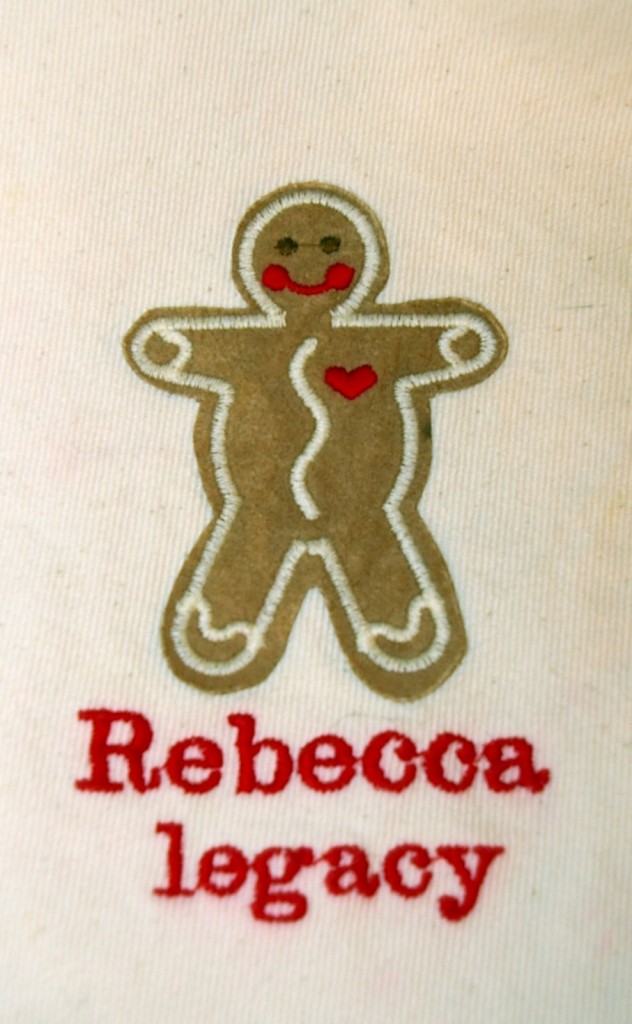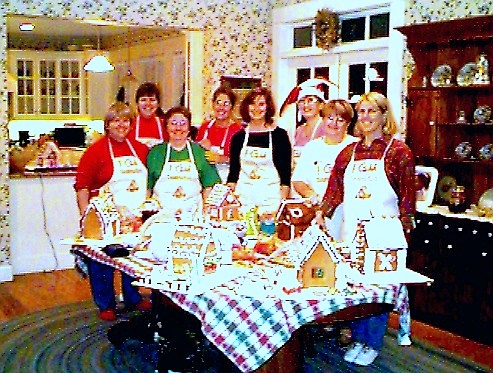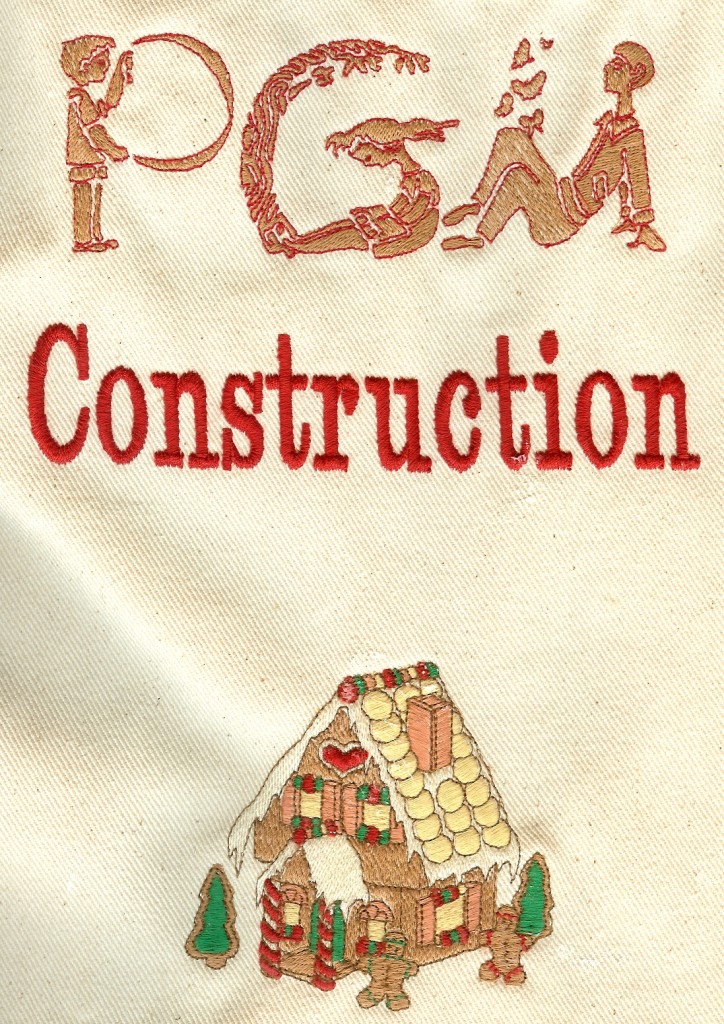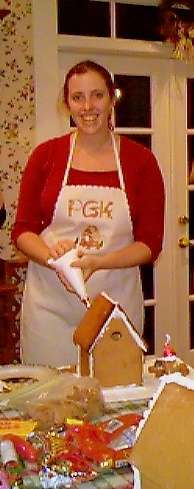Gingerbread houses are truly old fashioned projects for old fashioned Nanas. It can be one of the most lasting Christmas memories for your children  or grandchildren.
Since my children were old enough to lick the mixer beaters, we’ve made Christmas gingerbread houses. And all the PlayGroup Mamas made gingerbread houses with their children (see earlier post, PGM-PlayGroup Mamas ifor explanation of PlayGroup Mamas).
PGM Arlene made four every year, one for each child.  Striving to make the best house or the best fire station or the best school or whatever, they were fiercely competitive.  Each child  had a big idea and a big time.
A few Christmases ago, when a few of the PlayGroup Moms started backsliding in this time honored tradition, Arlene gifted each of us with an unadorned but constructed gingerbread house. We gathered together to decorate our cookie houses, each bringing a variety of decorative candies, a box of 10X confectioners sugar and extra electric mixers. Like Arlene’s children, we each had a big idea and a very big time.
Surely you’ve heard the expression, “Give a man a fish and he eats for a day. Teach him to fish and he eats for the rest of his life.” Arlene believes that.
The next year, she gave each of us a copy of her recipe, a set of templates for the gingerbread pieces  and arranged site (Gale’s house) for us to build our houses. Hence, the establishment of PlayGroup Construction.
Several of our grown and nearly grown daughters, as well as one daughter-in-law, begged their way into the new annual event. In honor of the occasion, I issued work clothes– embroidered, ready-made canvas aprons for the crew of the candied construction company.
The gingerbread house design is simple and straightforward, from Bernina’s Christmas #105. Additionally, this apron has some interesting details. The text alphabet for PGM and PGK (PlayGroup Kid) is made up from a free alphabet, entitled Bonaparte, which I downloaded many years ago. I think it is one of the most charming set of letters I have ever seen.
Near the bottom of the apron is an appliquéd ultrasuede gingerbread boy, with the owner’s name above. Instead of covering the edges with satin stitching, I waited until the design was complete and trimmed approximately 1/8 from the stitching line.

Even with all that embroidery, the apron didn’t look finished to me. So around the edges, I used the stitch often called shadow scallop. In order to get good coverage, I used 12 wt. Cotty thread, which appears to me to be identical to Sulky’s 12 wt. thread. Not only did this thread give good coverage, its thickness allowed me to stretch out the stitch pattern and use fewer stitches, thus saving a lot of time.
Every time I see that apron hanging on my old Hoosier cabinet, I have fond memories of all the good times I have had decorating  gingerbread houses with my friends and family.





2 responses to “PGM Gingerbread Aprons”